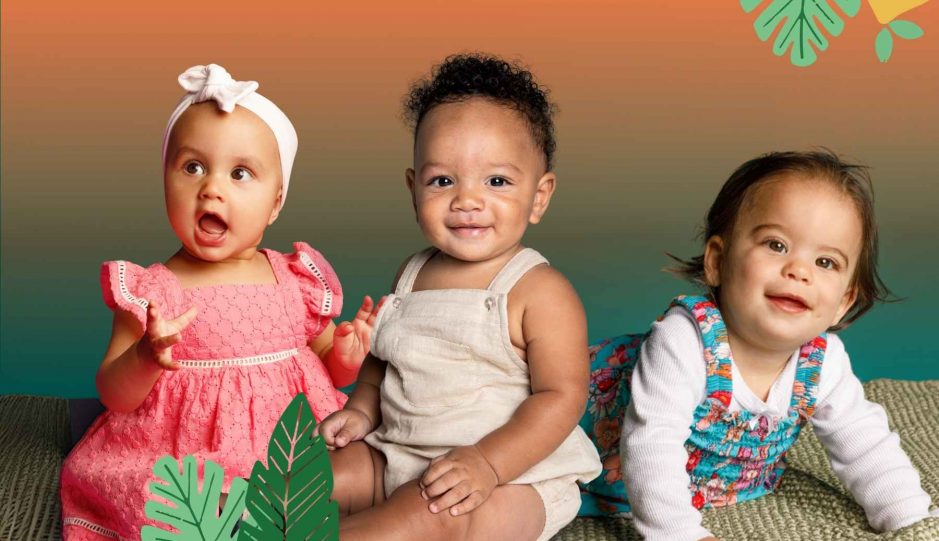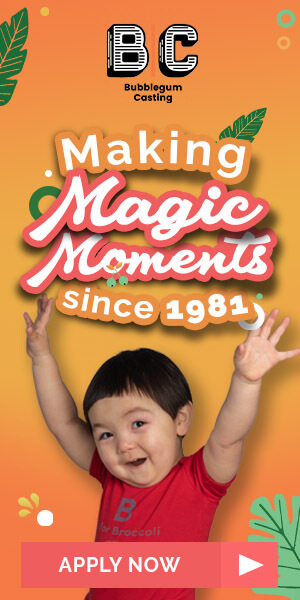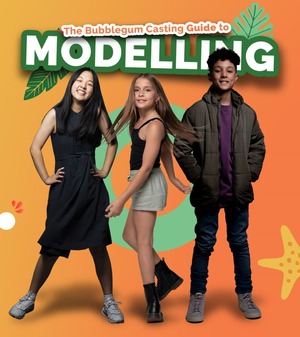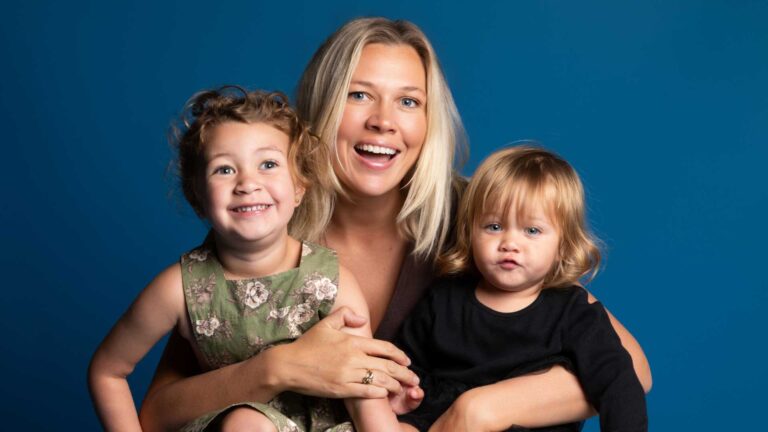Have you ever looked at your adorable little one and wondered if they could be the next face gracing television screens or magazine covers? You’re not alone. Many parents are curious about how to get their baby into modelling and whether it’s a worthwhile venture for their family. The good news is that the baby modelling industry is thriving, with brands constantly seeking fresh faces to represent their products.
Whether you’re motivated by the potential earnings, the excitement of seeing your baby in campaigns, or simply curious about the process, this comprehensive guide will walk you through everything you need to know about baby modelling. From understanding pay rates to finding the right agency, we’ll cover all the essential steps to help you make an informed decision about your baby’s potential modelling career.
How Much Do Baby Models Get Paid?
One of the first questions parents ask is about baby model pay rates. The reality is that earnings can vary significantly depending on location, the type of work, and the scale of the campaign. Let’s break down what you can realistically expect in different markets.
Typical Baby Modelling Rates (Australia)
In Australia, the baby modelling industry offers competitive rates that reflect the professional nature of the work. Here’s what you can typically expect:
Local and Regional Work:
- $100 to $200 per hour for small local shoots
- $150 to $300 for half-day catalogue work
- $200 to $400 for regional commercial work
National Campaigns:
- $300 to $1,000 per day for TV commercials
- $500 to $1,500 for national print campaigns
- $800 to $2,000+ for major brand endorsements
Premium Projects:
- $1,500+ per day for major brand work
- $2,000+ for licensing deals where the baby’s image is used extensively
- Additional royalties for ongoing campaign usage
It’s important to note that reputable agencies like Bubblegum Casting typically take a 20% commission from these earnings, following MEAA (Media, Entertainment & Arts Alliance) guidelines. This commission covers the agency’s services, including casting, negotiation, and ongoing support throughout the booking process.
UK Baby Modelling Pay Rates
The UK market offers its own structure of compensation for baby models:
Entry-Level Work:
- £25–£50 per hour for local shoots
- £50–£100 for amateur or small brand work
- £75–£150 for regional campaigns
Professional Brand Work:
- £100–£500 per day for established brand campaigns
- £200–£800 for catalogue modelling
- £300–£1,000 for magazine features
High-End Campaigns:
- £1,000+ for major TV commercials
- £1,500+ for featured roles in national advertising
- Additional usage fees for extended campaign runs
These rates reflect the professional standards of the UK modelling industry and the value placed on working with babies who can perform well in front of cameras.
How to Get My Baby Into Modelling
Starting your baby’s modelling journey requires careful planning and the right approach. Success in baby modelling isn’t just about having a cute baby – it’s about finding the right opportunities and working with professional agencies that understand the unique requirements of working with infants.
1. Choose a Reputable Baby Modelling Agency
The foundation of a successful baby modelling career starts with selecting the right agency. This decision will significantly impact your experience and your baby’s opportunities. Here’s what to look for:
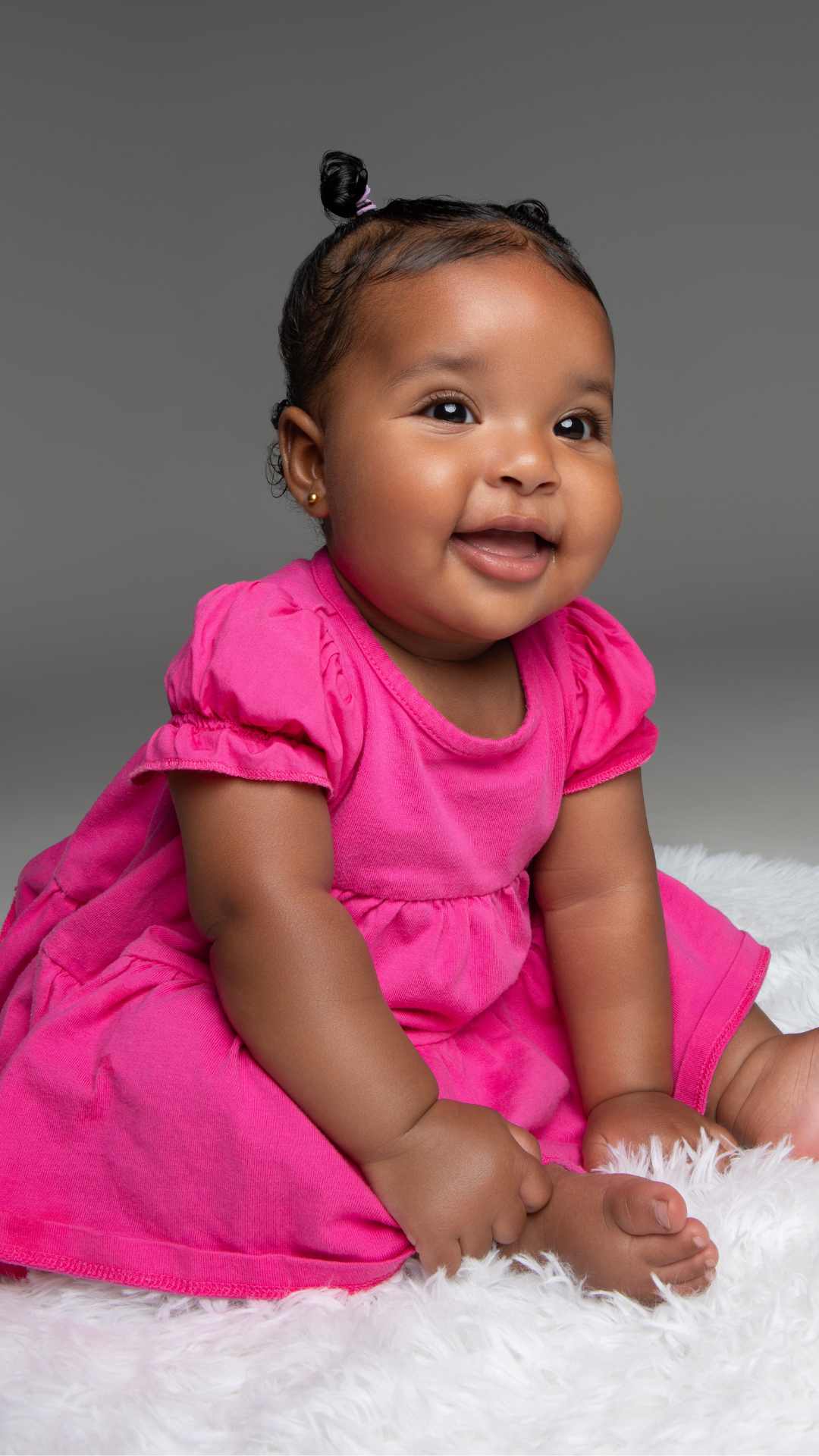
Specialisation Matters: Look for agencies that specifically focus on baby and children’s modelling. These agencies understand the unique challenges and requirements of working with young children. They have established relationships with brands that regularly cast babies and know how to create comfortable environments for little ones.
Reputation and Reviews: Research potential agencies thoroughly. Check their online reviews, social media presence, and ask for references from other parents. A reputable agency will be transparent about their process and happy to provide testimonials from satisfied clients.
Professional Credentials: Ensure the agency is legally compliant and follows industry standards. They should be registered as a business, carry appropriate insurance, and follow child protection guidelines. In Australia, look for agencies that comply with MEAA standards.
Brand Relationships: The best agencies work with recognised brands and have a track record of placing babies in quality campaigns. Ask about their recent placements and the types of brands they work with regularly.
Fee Structure: Be wary of agencies that charge large upfront fees. Reputable agencies typically work on commission, taking a percentage only when your baby books paid work. At Bubblegum Casting, we believe in transparent pricing that aligns our success with yours.
2. Submit Natural Photos
Many parents assume they need expensive professional photos to get started, but this isn’t the case. In fact, agencies often prefer natural, unretouched images that show your baby’s authentic look and personality.
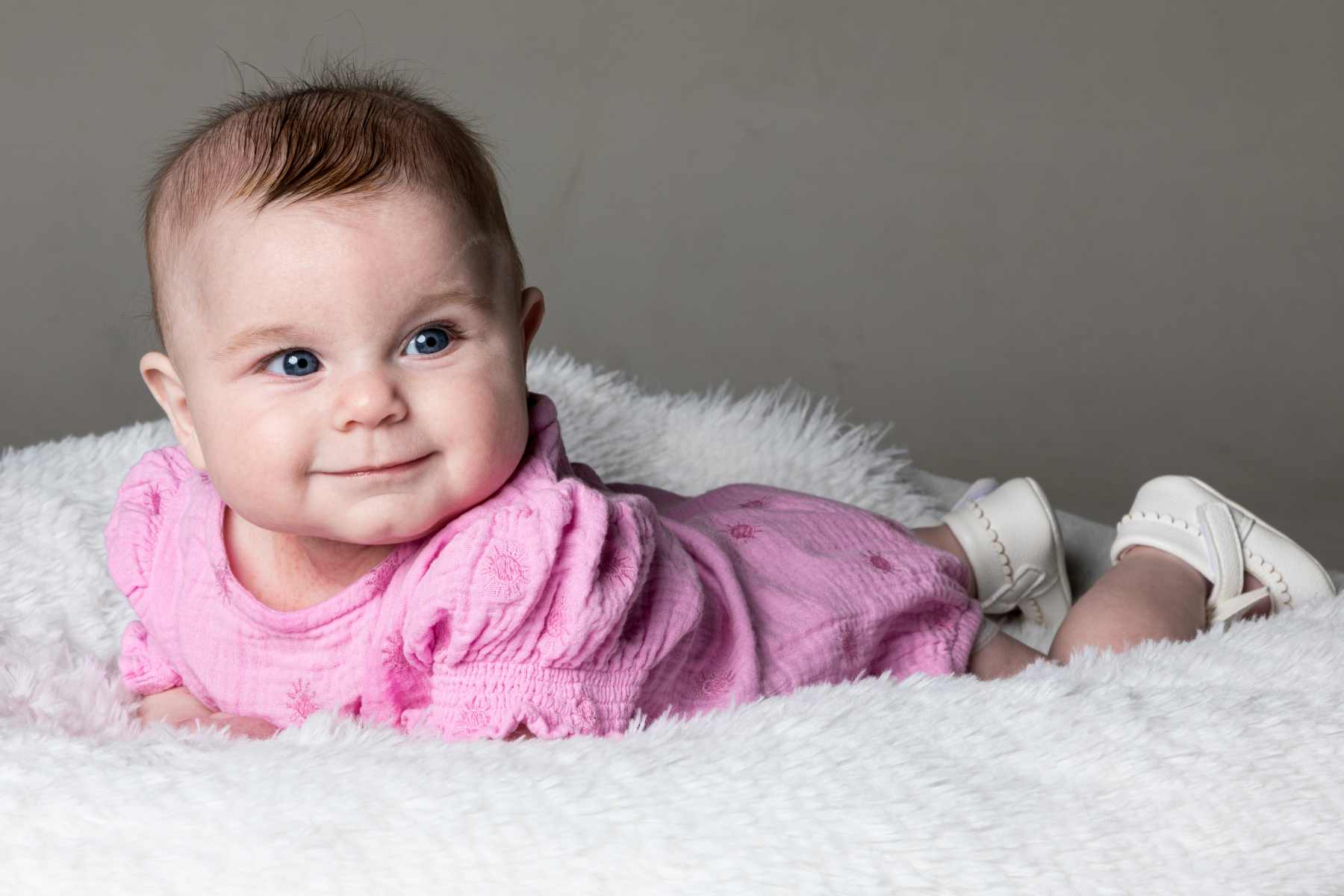
What to Include:
- Clear headshot in natural light: Take photos near a window during the day for the best lighting
- Full-length photo: This helps casting directors understand your baby’s proportions and overall look
- Variety of expressions: Include photos of your baby smiling, serious, and showing their natural personality
- Different angles: Front-facing and profile shots give a complete picture
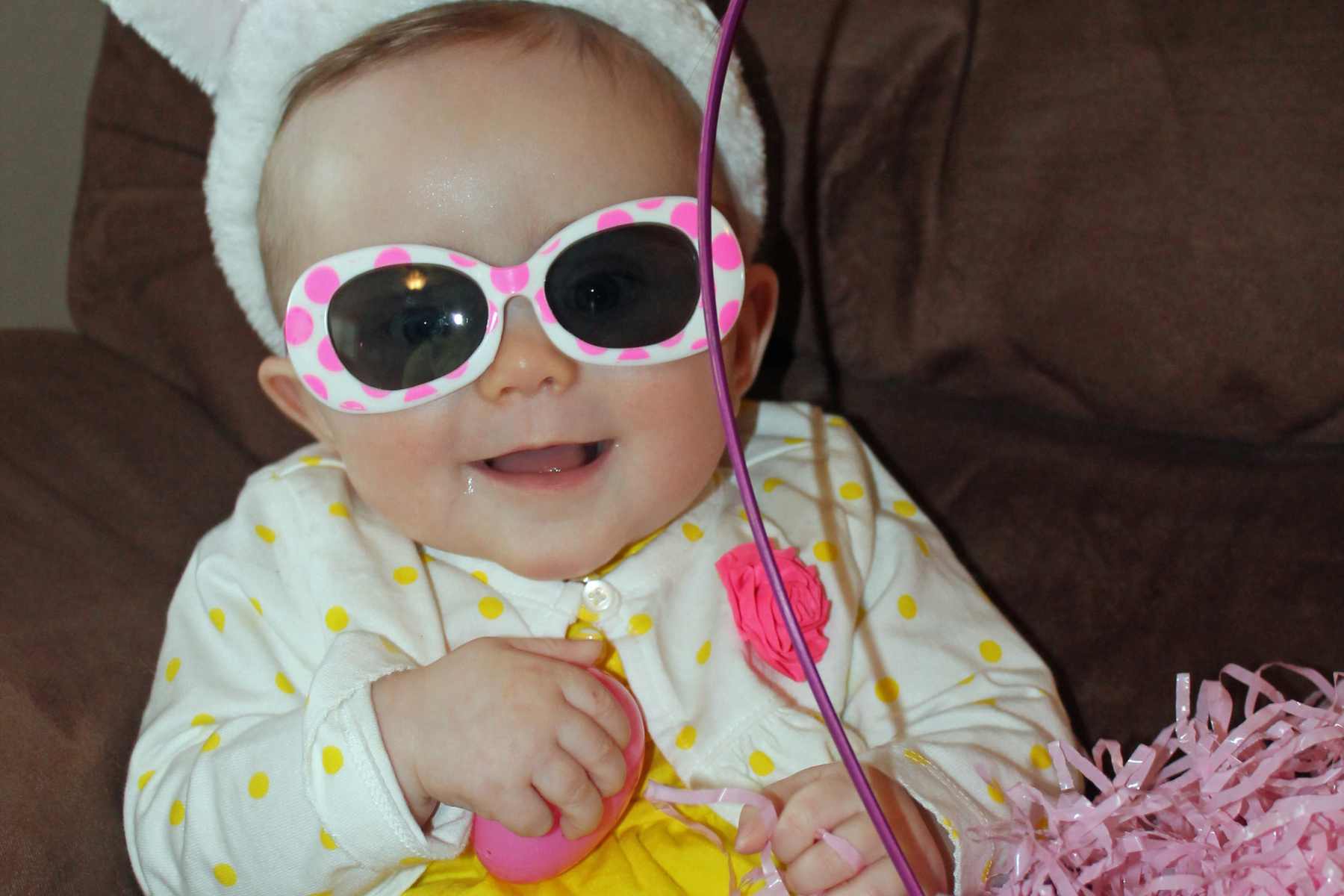
What to Avoid:
- No filters or heavy editing: Agencies need to see your baby’s natural skin tone and features
- Avoid hats, sunglasses, or props: These can hide important facial features
- Skip busy backgrounds: Plain, neutral backgrounds keep the focus on your baby
- Don’t overpose: Natural, candid shots often work better than forced poses
3. Be Honest About Your Baby’s Personality
Casting directors value honesty about temperament because it helps them match babies to appropriate projects. Different campaigns require different personality types, and being upfront about your baby’s characteristics leads to better casting matches.
Ideal Traits for Baby Modelling:
- Alertness: Babies who are engaged and responsive to their environment
- Adaptability: Comfort with new people and changing situations
- Calm demeanor: Ability to remain relatively peaceful in stimulating environments
- Social comfort: Ease around strangers and new caregivers
Be Realistic: Not every baby is suited for every type of modelling work. Some campaigns need very calm, sleepy babies, while others require active, expressive infants. Honest communication about your baby’s personality helps ensure they’re only put forward for suitable opportunities.
4. Be Prepared to Travel
Baby modelling often requires flexibility with location and timing. Most shoots don’t happen in your hometown, so being prepared to travel is essential for accessing the best opportunities.
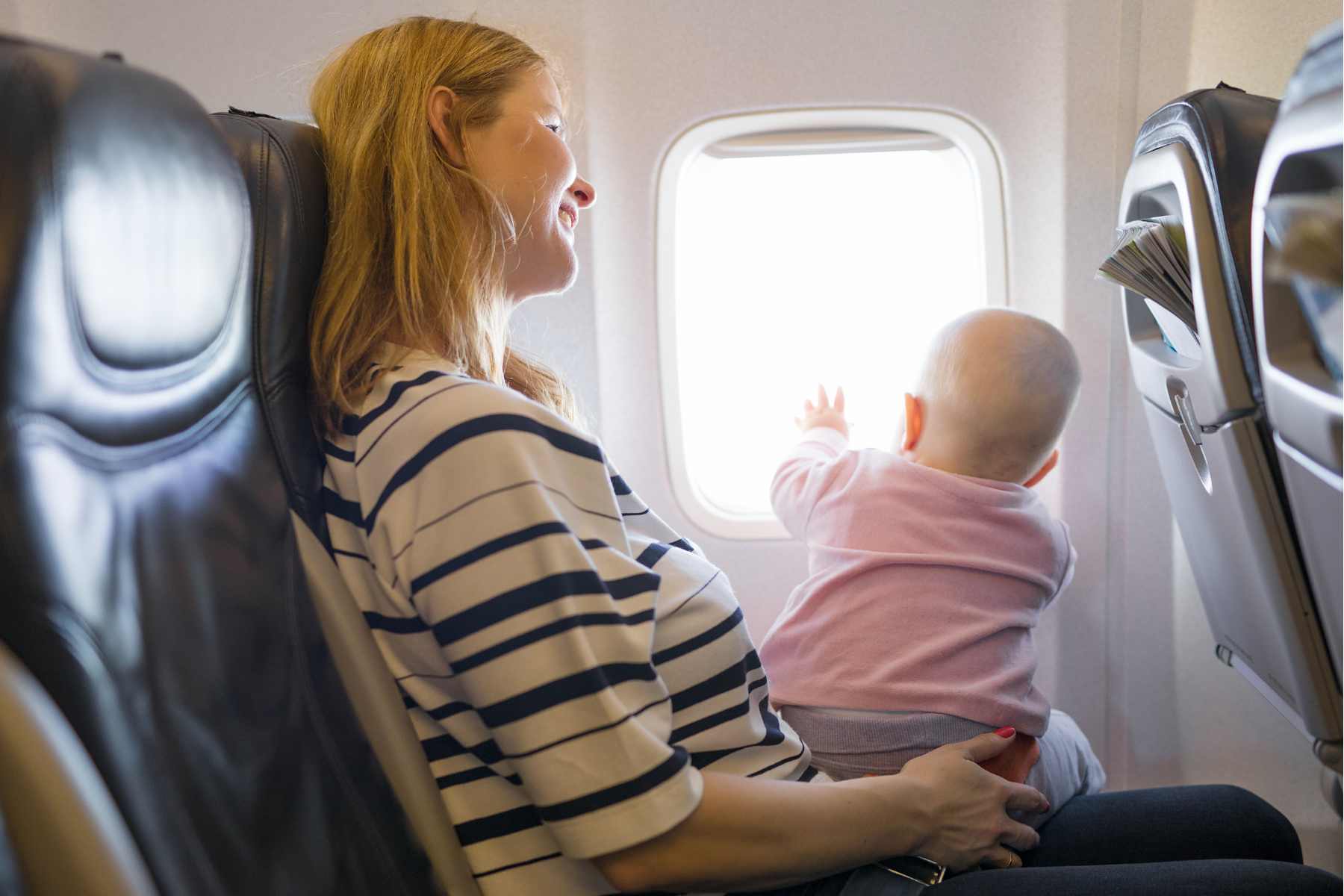
Travel Considerations:
- Parent supervision: Parents must accompany babies to all shoots – this is both a legal requirement and industry standard
- Accommodation: For overnight trips, factor in hotel costs (though these are sometimes covered by production)
- Transportation: Consider travel time and method – some shoots may be accessible by car, others might require flights
- Scheduling flexibility: The best opportunities often come with short notice, so maintain flexibility in your schedule
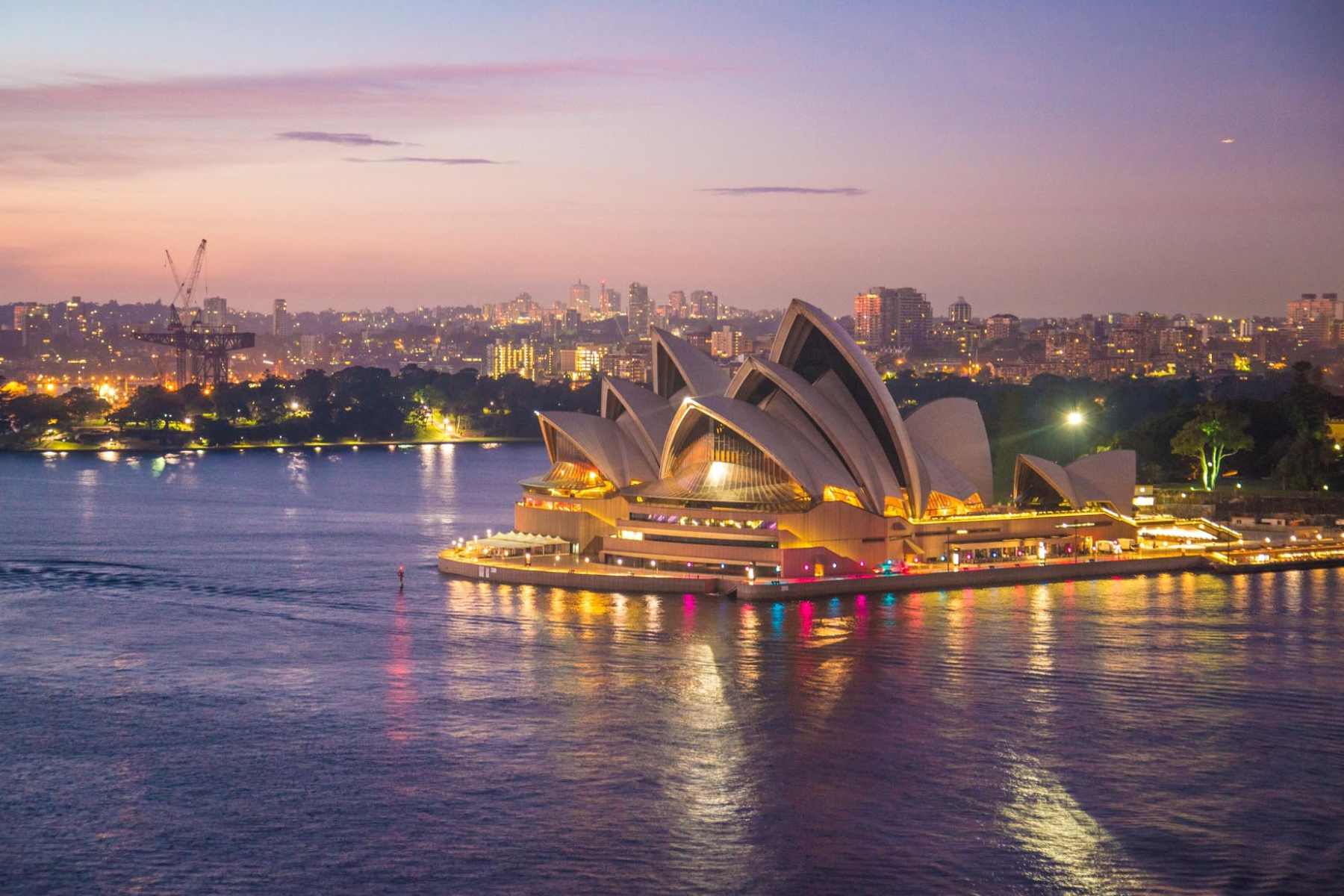
Geographic Opportunities: Major cities typically offer more frequent casting opportunities. If you live in a regional area, you might need to travel to cities like Sydney, Melbourne, Brisbane, or Perth for Australian opportunities, or London, Manchester, or Birmingham for UK work.
What to Expect From Baby Modelling Jobs
Understanding what actually happens during baby modelling jobs helps set realistic expectations and prepare both you and your baby for success.
Types of Baby Modelling Work
The variety of opportunities in baby modelling is broader than many parents realise. Each type of work offers different experiences and compensation levels.

Television Commercials: TV commercials represent some of the highest-paying opportunities in baby modelling. These might include advertisements for baby products, family services, or lifestyle brands. The shoots are typically well-organised with experienced crews who understand how to work with babies.

Online and Print Advertising: Digital campaigns and print advertisements make up a significant portion of baby modelling work. These might appear in parenting magazines, online advertisements, or social media campaigns. The shoots are often shorter than TV commercial productions.
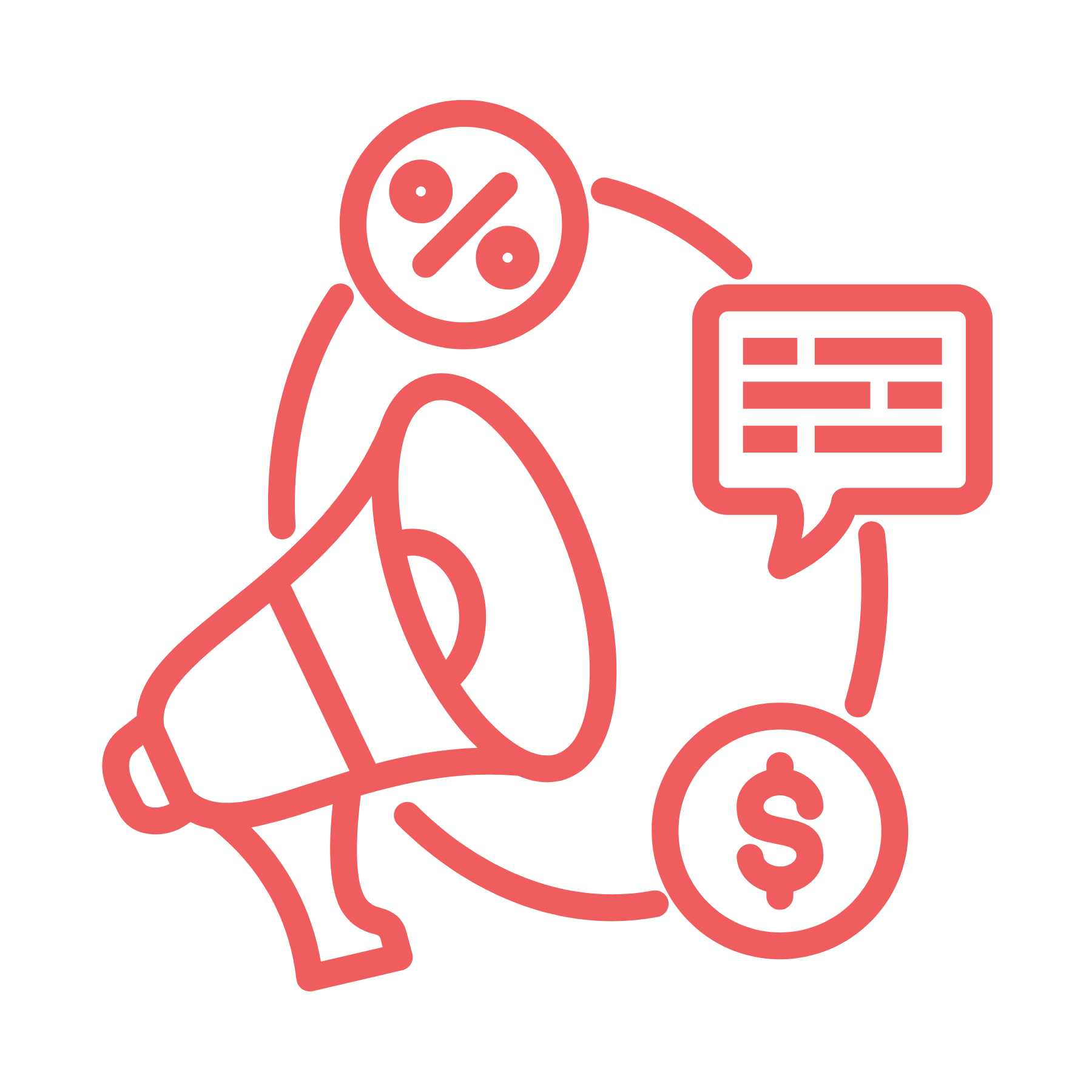
Brand Campaigns: Major brands regularly launch campaigns featuring babies, from diaper companies to family-oriented services. These can range from single-day shoots to ongoing brand partnerships.

Magazine Features: Parenting and lifestyle magazines frequently feature babies in editorial spreads. While these might pay less than commercial work, they often provide beautiful portfolio images and can lead to future opportunities.
Duration of Jobs
Understanding job duration helps you plan and ensures your baby’s well-being throughout the process.
Time Limits:
- Maximum 4 hours for most babies: This includes preparation, shooting, and breaks
- Shorter sessions for very young babies: Under-6-month-olds typically work 1-2 hours maximum
- Frequent breaks: Shoots are structured around feeding, napping, and play time
- Flexible scheduling: Productions adapt to your baby’s natural rhythm
Legal Protections:
Both Australia and the UK have strict regulations about working hours for babies. These laws ensure that your baby’s well-being is always the priority, and reputable agencies strictly enforce these limits.
Legal Requirements
Baby modelling involves specific legal protections that vary by location but share common principles of child protection.
Australia:
- State-specific licences: Each state has different requirements for child performers
- Parental consent: Written permission is required for all work
- Education considerations: Though not relevant for babies, these laws extend as children grow
Financial protections: Regulations about how earnings are handled
United Kingdom:
- Child performance permits: Required for most commercial work
- Local authority approval: Some areas require additional permits
- Chaperone requirements: Strict supervision rules on set
- Working time restrictions: Legal limits on daily working hours
Universal Standards:
Regardless of location, professional productions maintain high standards for child welfare, including appropriate facilities, qualified supervision, and immediate access to parents.
Do Baby Models Get Signed Quickly?
The timeline for getting signed with an agency varies significantly, and managing expectations is crucial for a positive experience.
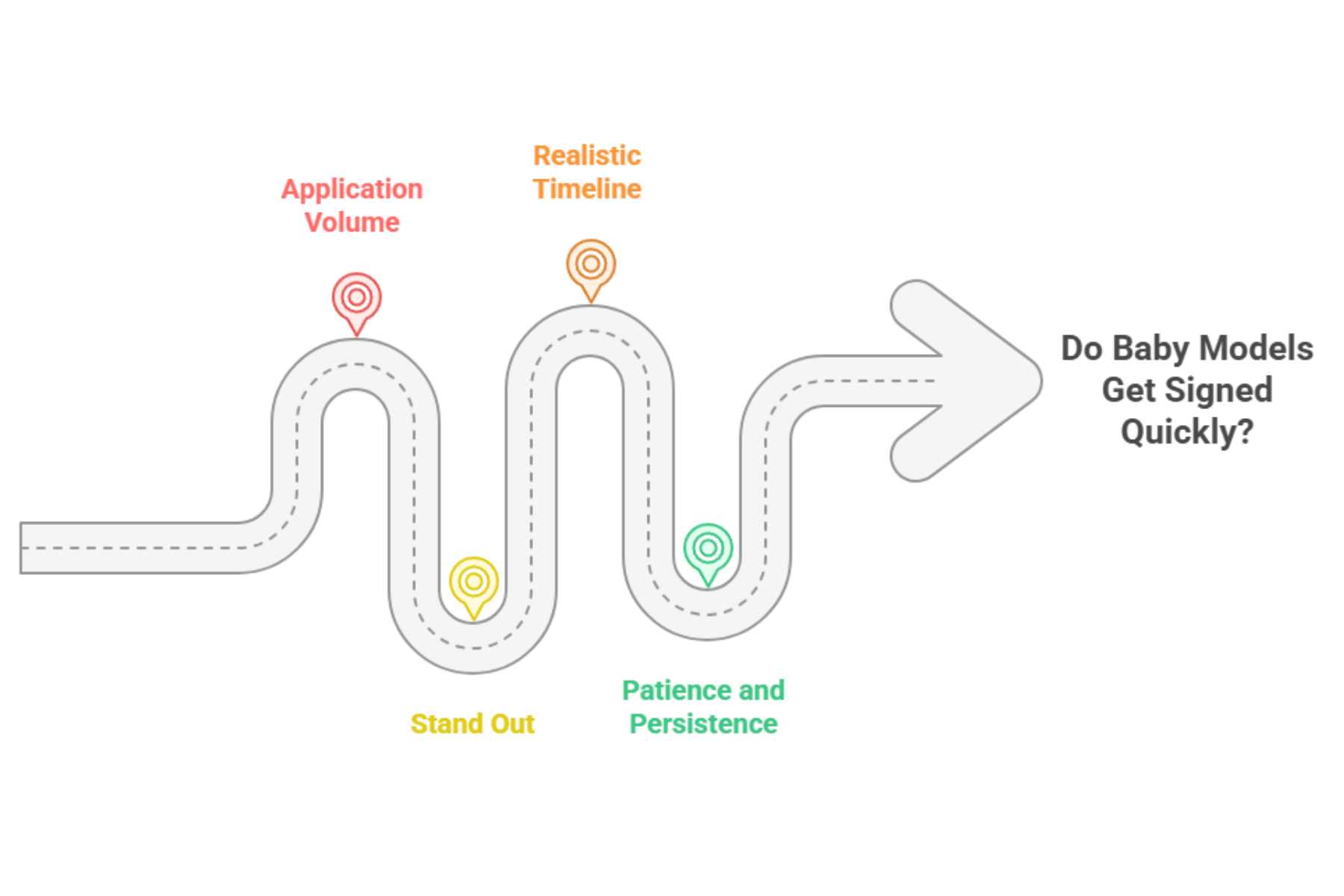
Application Volume: Reputable agencies receive hundreds of applications weekly. This high volume means that even qualified babies might not hear back immediately. The selection process involves careful consideration of current roster needs, market demand, and individual suitability.
What Makes Babies Stand Out:
- Unique characteristics: Distinctive features or expressions that photograph well
- Calm temperament: Babies who remain content in new environments
- Photogenic qualities: Natural comfort in front of cameras
- Timing: Sometimes it’s simply about being the right fit at the right time
Realistic Timeline: Some babies are signed within weeks of application, while others might wait months. The process isn’t necessarily a reflection of your baby’s suitability – it often comes down to current market needs and roster composition.
Patience and Persistence: If you don’t hear back immediately, don’t be discouraged. Agencies keep applications on file and regularly review them when new opportunities arise. Following up periodically is appropriate, but avoid overwhelming agencies with frequent contact.
Is Baby Modelling Worth It?
This question deserves honest consideration of both benefits and challenges. The answer varies for each family based on their circumstances, expectations, and priorities.
Pros
Financial Benefits: The earning potential in baby modelling can be significant, particularly for successful bookings. Even occasional work can provide meaningful supplemental income for families. The rates discussed earlier show that baby modelling can be genuinely lucrative.
Professional Photography: Most shoots result in beautiful, professional-quality images of your baby. These photos often become treasured family keepsakes and can serve as portfolio pieces for future opportunities.
Early Industry Exposure: Starting young gives babies time to become comfortable with cameras and production environments. This early exposure can be valuable if they continue modelling as they grow.
Networking Opportunities: Working in the industry connects families with photographers, casting directors, and other professionals who might provide future opportunities.
Unique Experiences: Baby modelling provides experiences that few families have. From behind-the-scenes glimpses of commercial production to meeting industry professionals, it offers unique insights into the entertainment world.
Cons
Time and Travel Commitments: Success in baby modelling requires a significant time investment. Between auditions, shoots, and travel, it can become a substantial commitment for families.
Irregular Schedule: The industry operates on short notice, which can disrupt family routines. Opportunities often arise with little advance warning, requiring flexible scheduling.
Emotional Considerations: Rejection is common in modelling, and parents need to separate their baby’s worth from casting decisions. Not every baby is right for every campaign, and this isn’t a reflection of their value or appeal.
Financial Investment: While agencies shouldn’t charge large upfront fees, there are associated costs, including travel, accommodation, and sometimes wardrobe expenses.
Unpredictable Income: Even signed models don’t work consistently. Income can be irregular, making it unreliable as a primary financial strategy.
Frequently Asked Questions
Most agencies begin accepting babies from 3 months old, though some specialised work accepts newborns. The 3-month minimum allows babies to develop better head control and more predictable feeding and sleeping patterns, making shoots more manageable for everyone involved.
Newborn Work: Some campaigns specifically seek newborns for hospital scenes, birth announcements, or newborn product advertisements. These shoots typically have even shorter duration limits and require additional safety measures.
Optimal Age Range: Many casting directors consider 6-18 months an ideal age range. Babies this age are often more alert and responsive while still being manageable during shoots.
The best way to gauge your baby’s suitability is through trial experience. Consider arranging a casual photoshoot with a friend or local photographer to see how your baby responds to cameras and direction.
Positive Signs:
- Comfort with strangers
- Adaptability to new environments
- Natural expressiveness
- Calm demeanour during stimulating situations
Warning Signs:
- Extreme shyness or discomfort with new people
- Difficulty calming down in new environments
- Sensitivity to lights or sounds
- Irregular sleep or feeding patterns
Absolutely. The modelling industry has made significant strides toward diversity and inclusion. Many brands actively seek babies with unique characteristics to represent the reality of their customer base.
Inclusive Casting: Modern casting directors understand that authentic representation resonates with audiences. Babies with birthmarks, scars, or disabilities are increasingly featured in mainstream campaigns.
Specialised Opportunities: Some campaigns specifically seek babies with particular characteristics to represent diversity or to advertise products designed for children with specific needs.
Honest Representation: When applying, be honest about any distinctive features. This ensures your baby is considered for appropriate opportunities and helps casting directors make informed decisions.
Summary: How to Get My Baby Into Modelling and What to Expect
Getting your baby into modelling requires careful research, realistic expectations, and commitment to the process. Success starts with choosing a reputable agency that specialises in baby and children’s modelling, like Bubblegum Casting, where transparency and child welfare are priorities.
Key Steps to Success:
- Research and select a reputable, specialised agency
- Submit natural, well-lit photos that showcase your baby’s authentic look
- Be honest about your baby’s temperament and characteristics
- Prepare for travel and flexible scheduling
- Maintain realistic expectations about timing and success
Financial Reality: While baby modelling can provide significant supplemental income, with rates ranging from $100-$200 per hour locally to $1,500+ per day for major campaigns, it shouldn’t be viewed as a guaranteed income source. Success varies widely, and even successful baby models work irregularly.
The Experience Factor: Beyond financial considerations, baby modelling offers unique experiences, professional photography, and early industry exposure. For many families, these intangible benefits prove as valuable as any monetary compensation.
Making the Decision: Baby modelling can be a rewarding experience for families who approach it with realistic expectations and proper preparation. It requires time, flexibility, and emotional resilience, but for the right families, it provides memorable experiences and potential financial benefits.
Whether your baby becomes the next face of a major campaign or simply gains some beautiful professional photos, the journey can be worthwhile with the right approach and support. The key is working with professionals who understand both the industry and the unique needs of working with babies.
At Bubblegum Casting, we’re committed to supporting families through every step of the baby modelling journey, ensuring both professional success and positive experiences for our young talent and their families.
Still got questions? → Contact us here
